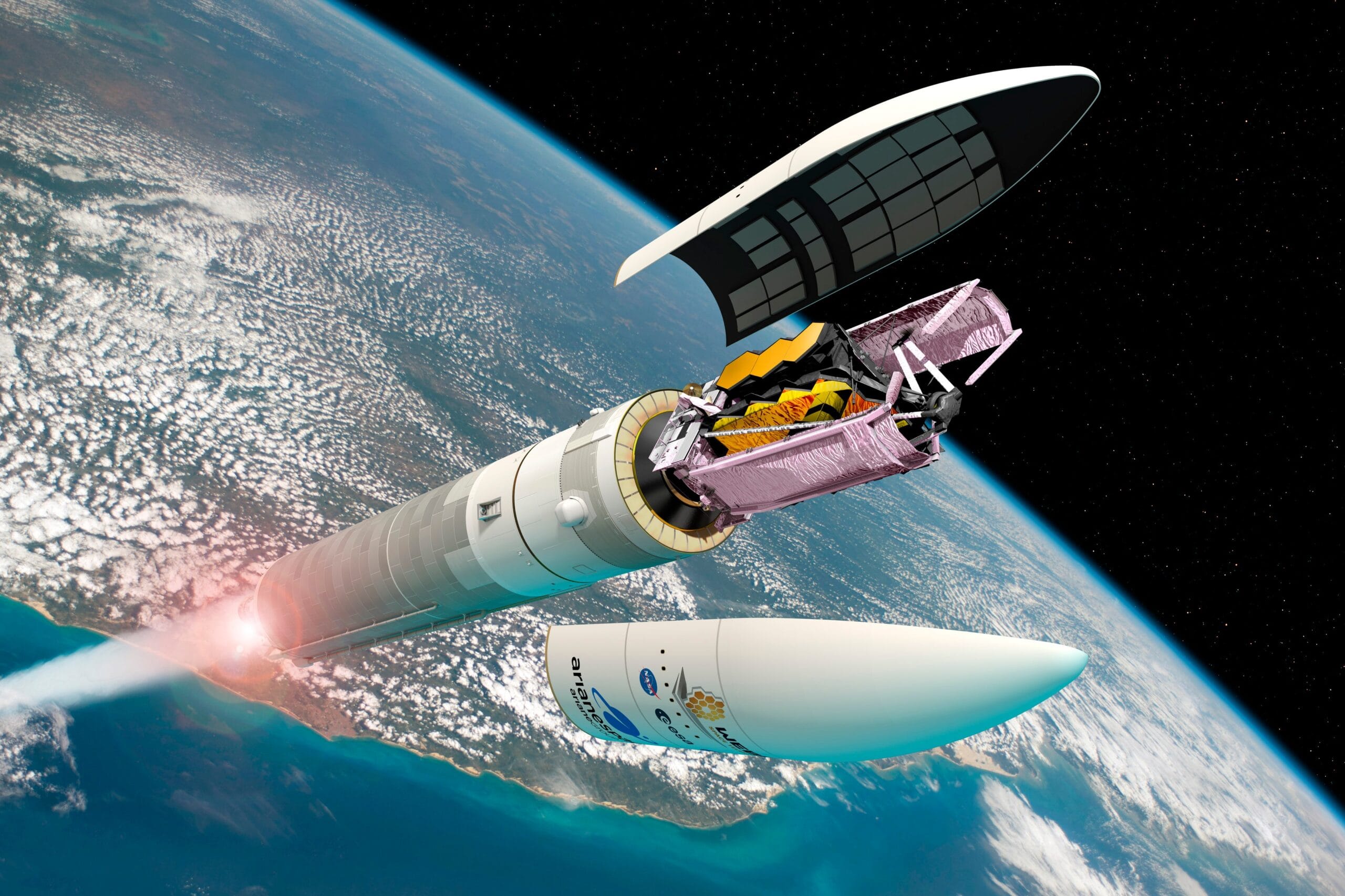Ice cores, which are cylindrical samples of ice drilled from glaciers and ice sheets, have emerged as crucial tools for understanding the Earth’s climatic history. These cores contain layers of ice that have accumulated over thousands of years, each layer representing a specific time period in Earth’s past. By studying the composition of these layers, scientists can glean insights into the atmospheric conditions that prevailed at various points in history, including temperature fluctuations, greenhouse gas concentrations, and even significant geological events.
The process of extracting ice cores typically involves drilling deep into ice sheets in polar regions, such as Antarctica and Greenland. The ice cores can be several kilometers long, with each layer of ice providing a snapshot of the Earth’s climate at the time it was formed. As researchers analyze the cores, they can identify trapped air bubbles, which contain ancient atmospheric gases. This allows scientists to reconstruct historical levels of carbon dioxide, methane, and other greenhouse gases, providing a clearer picture of how these concentrations have changed over time.
One of the most significant findings from ice core research is the correlation between greenhouse gas levels and global temperatures. By examining ice cores from different periods, scientists have established a clear link between rising greenhouse gas concentrations and periods of warming. This relationship is particularly relevant in the context of current climate change, as it underscores the importance of understanding how human activities are influencing atmospheric composition.
In addition to greenhouse gases, ice cores also provide information about past volcanic activity. When a volcano erupts, it releases ash and gases into the atmosphere, which can be trapped in the ice layers. By analyzing these layers, scientists can identify the timing and magnitude of past eruptions, contributing to our understanding of how volcanic activity has influenced climate over time. This information is vital for improving models that predict the potential impacts of future volcanic eruptions on global climate.
Furthermore, ice cores can reveal information about past precipitation patterns. Variations in the isotopic composition of the ice can indicate changes in snowfall and temperature, allowing researchers to reconstruct historical climate conditions. This data is essential for understanding how regional climates have evolved and how they may continue to change in response to global warming.
The study of ice cores is not limited to understanding past climate conditions; it also has implications for future climate predictions. By analyzing the historical data contained within these cores, scientists can develop more accurate climate models that take into account natural variability and human influences. This knowledge is crucial for policymakers and communities as they work to mitigate the impacts of climate change and adapt to new environmental realities.
In recent years, advancements in technology have enhanced the ability of researchers to analyze ice cores. Techniques such as laser spectroscopy and mass spectrometry allow for more precise measurements of gas concentrations and isotopic ratios. These innovations are enabling scientists to extract even more detailed information from ice cores, further enriching our understanding of Earth’s climatic history.
The implications of ice core research extend beyond climate science. The data obtained from these cores can also inform studies in fields such as geology, ecology, and even human history. For instance, understanding past climate conditions can provide context for the development of ancient civilizations and their responses to environmental changes. This interdisciplinary approach highlights the interconnectedness of various scientific fields and the importance of collaborative research.
As scientists continue to explore the mysteries held within ice cores, they are uncovering a wealth of information that can help us navigate the challenges posed by climate change. The insights gained from these ancient records are not only illuminating the past but also guiding our understanding of the future. By piecing together the complex puzzle of Earth’s climate history, researchers are better equipped to address the pressing environmental issues of our time.
In conclusion, ice cores serve as a vital resource for understanding the Earth’s past and present climate. The data extracted from these frozen archives provides critical insights into atmospheric changes, greenhouse gas concentrations, and the impacts of natural events on climate. As research in this field continues to evolve, the knowledge gained from ice cores will play an essential role in shaping our response to climate change and ensuring a sustainable future for generations to come.



